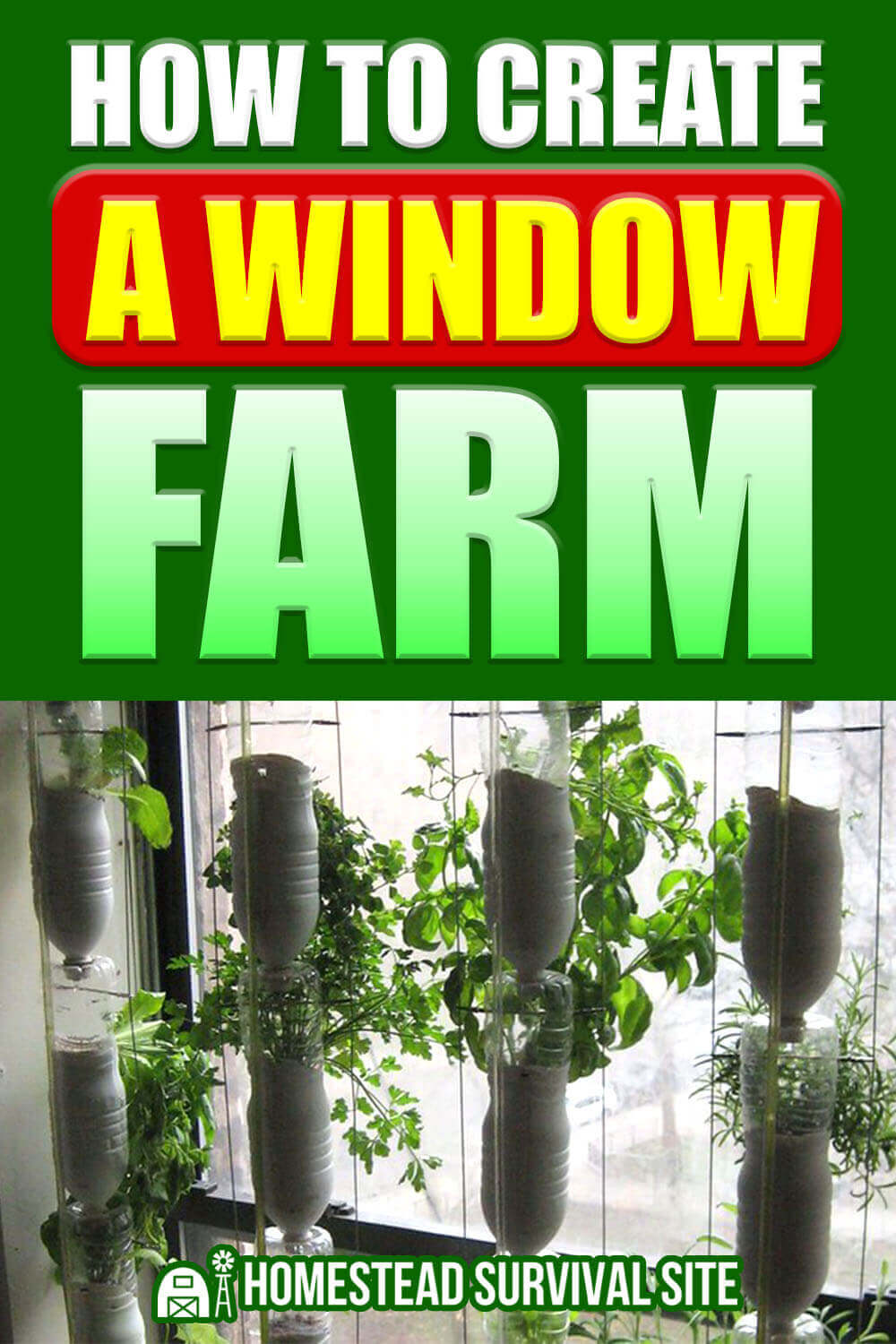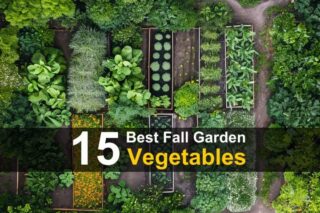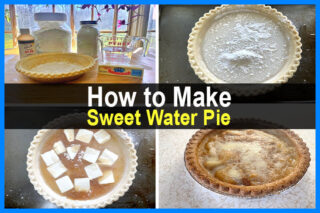Estimated reading time: 11 minutes

Window farming is a great way to get started in vegetable gardening. You can start small and work your way up to a larger garden. It's also a great way to grow vegetables if you don't have much space.
In this post, we’ll show you how to create your own window farm.
What is a Window Farm?
A window farm is a hydroponic growing system that uses vertically-oriented plant containers to grow plants indoors. The plants are grown in a water-based nutrient solution, and the roots are suspended in the air. This type of system is ideal for small spaces, such as apartments or office buildings.
It is ideal for people who cannot grow food outside, either because the climate is unreliable, you need a source of food year-round, or it is simply too dangerous to go outside.
There are several types of window farming you can do, including those that rely on trellises, containers, and hanging baskets suspended from hooks.
However, the most reliable for people who are interested in growing food year-round is to set up a hydroponic window farm. It requires minimal input and provides the highest amount of yields.
Window farms can be used to grow a variety of plants, including leafy greens, herbs, and flowers. In addition to saving space, hydroponic systems can also provide a more efficient growth environment for plants.
Because the roots are constantly exposed to oxygen and the nutrient solution, they can absorb more nutrients and grow faster than plants grown in soil. As a result, hydroponic systems can produce larger harvests in a shorter period of time.
Why Build a Window Farm?
A hydroponic window farm is a great way to get fresh, organic produce all year round. Unlike traditional farming, hydroponic farming does not require the use of soil. Instead, plants are grown using a nutrient-rich solution that is pumped through a system of pipes.
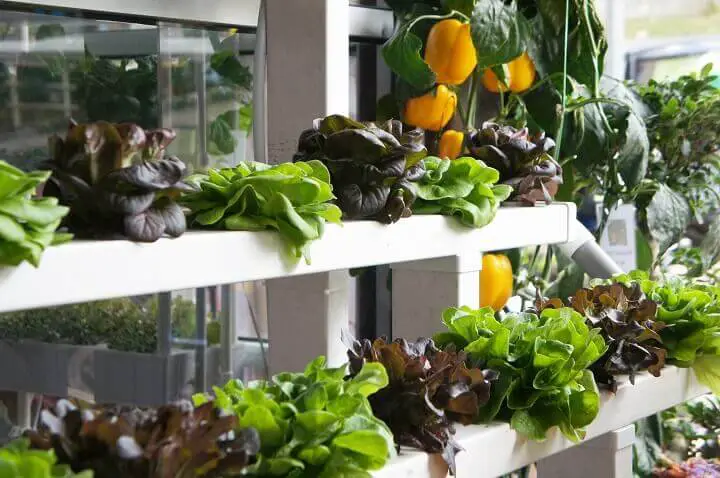
This method of farming is extremely efficient, and it allows farmers to grow multiple crops in a small space. In addition, hydroponic farms are not subject to the same weather conditions as traditional farms. This means that they can be built in any location, including urban areas.
As a result, hydroponic window farms offer a number of benefits over traditional farming methods.
How to Create a Window Farm
Hydroponics is a method of growing plants in nutrient-rich water instead of soil. This method can be used to grow plants indoors, provided there is enough light. One way to set up a hydroponic system is to build a window farm.
The term “window farm” is one that can technically apply to all kinds of indoor growing systems, including things like growing herbs in containers on the windowsill or setting up a vertical trellis to allow indoor plants to climb.
Most often, and in the context of this post, window farms are hydroponic systems that use plastic water bottles and pipes to deliver water and nutrients to plants. They can be built using recycled materials, making them an eco-friendly option.
To build a window farm, you will need plastic water bottles, pipes, a pump, rope, and nutrient powder. You will also need a sunny window where the farm can be set up.
Window farms are a great way to get started with growing your own food, and they’re perfect for small spaces. If you want to learn how to create a window farm of your own, we have all the instructions you need.
Choose Your Plants
When it comes to growing plants indoors, hydroponic window farms are a great option. With a hydroponic system, plants can be grown in a controlled environment without the use of soil.
This means that you can carefully regulate the amount of water and nutrients that your plants receive, ensuring that they always have access to what they need to thrive. When choosing plants for your hydroponic window farm, it is important to select varieties that are well-suited to growing in an indoor environment.
Some good options include lettuce, herbs, and tomatoes. With a little planning and care, you can create a thriving indoor garden that will provide you with fresh produce all year long. Over time, you will likely find that you can grow just about any kind of plant you want in your window farm.
Gather Your Materials
If you're interested in starting your own hydroponic window farm, there are a few things you'll need to get started.
These systems use a closed-loop system of pipes and pumps to circulate water and nutrients to the plants, and they can be adapted to any size space. This post will walk you through how to create a hydroponic window farm with some basic materials you likely have lying around the house (or can easily acquire).
First, you'll need to choose the right location for your farm. A sunny windowsill is ideal, as plants will need access to sunlight in order to grow. Once you've found the perfect spot, it's time to set up your farm. You'll need a container for your plants, an aquarium pump, and a water reservoir.
First, you'll need a supply of empty water bottles. You'll also need two larger bottles or tumblers to act as reservoirs. Be sure to drill holes in the bottom of your container so that excess water can drain out.
Next, you'll need a water pump and some plastic pipes. Then, you'll need clay fired pebbles or another type of growing medium.
Finally, you'll need a thin rope or strong cord to suspend the bottles from the window sill, and a small blade or knife to make the necessary cuts. If you want to cover the Reservoir bottles, you can also use cloth.
And of course, you'll need an electric supply and some hydroponics nutrient powder to mix into the water. With all of these materials on hand, you're ready to start building your own hydroponic window farm!
Assemble the System
First, cut the bottom off of each water bottle. Next, thread the pipe through the holes in the bottom of the bottles.
Attach the pump to one end of the pipe, and fill the bottles with water. Add nutrient powder to the water, and mix well.
Finally, suspend the bottles from the window using rope or string. The plants can then be placed in the bottles and will receive water and nutrients as needed.
Planting
When you are ready to plant your transplants in your hydroponic window farm, there are a few things to keep in mind.
First, it is important to choose transplants that are well-suited to hydroponic conditions. Try to avoid plants that have aggressive root systems, as they can quickly overwhelm the system.
Second, make sure to acclimate the plants to their new environment by slowly introducing them to the hydroponic solution. This will help reduce the risk of shock and ensure that they are able to take full advantage of the nutrients in the system. If you’ve ever grown plants outside, you can “harden them off” to the window farm in a similar fashion.
Finally, be sure to plant the transplants at the correct depth. Too shallow and they may dry out; too deep and they may suffocate.
Arrange the Pump
One of the key components of a hydroponic system is the water pump. The water pump circulates the nutrient solution and provides the plants with the water they need to grow. Here's how to set up your water pump in a hydroponic window farm:
Start by placing the water pump in the center of the tank. This will ensure that the nutrient solution is evenly distributed throughout the system.
Next, attach one end of a length of tubing to the outlet on the water pump. The other end of the tubing should be placed in the reservoir.
Once the tubing is in place, you can plug in the water pump and turn it on. The nutrient solution will begin to circulate throughout the system.
Finally, check regularly to make sure that the water pump is operating correctly and that the nutrient solution is being evenly distributed throughout the system. If you notice any problems, make sure to adjust accordingly.
The Nutrient Solution
Just like any other plants, window farm plants need a few key nutrients in order to thrive.
The three most important nutrients are nitrogen, phosphorus, and potassium. Nitrogen is responsible for healthy leaf growth, phosphorus promotes strong roots and flowers, and potassium helps the plant to resist disease and pests.
You'll need to create a nutrient solution for your plants. This can be done by mixing together water and a liquid plant food.
Hydroponic systems rely on nutrient-rich solutions to provide plants with the nutrients they need to grow. These solutions can be easily made at home with a few simple ingredients. The first step is to mix together water and fertilizer in a ratio of about one part fertilizer to 100 parts water.
Once the solution is mixed, it should be poured into the reservoir of a hydroponic system.
Then connect it to your pump. Turn on the pump so that the solution can start flowing through the system. The plants can then be placed in the system and allowed to grow.
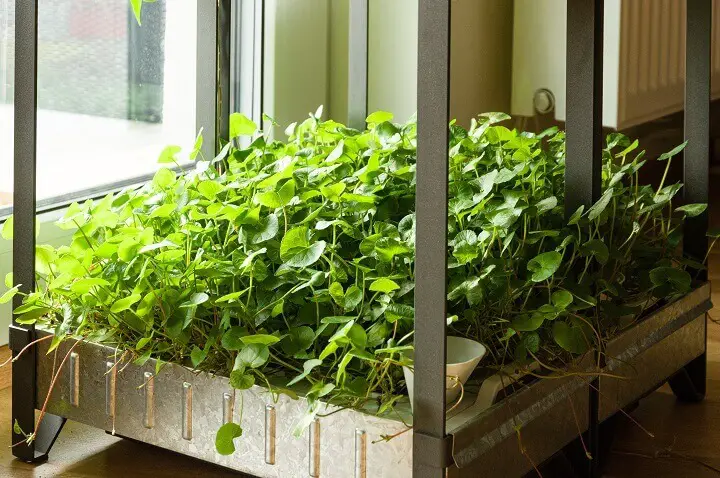
Care for Your Plants
Here are some tips for how to care for plants in a hydroponic window farm:
It is important to make sure that the plants have enough light. If the plants are not getting enough light, they will not grow as well.
Make sure that the water level in the reservoir is kept full. If the water level gets too low, the roots of the plants will not be able to get the oxygen they need, and the plants will not grow as well. Finally, it is important to make sure that the roots of the plants are not allowed to dry out. If the roots of the plants get too dry, they will die.
Start with healthy plants. When setting up your hydroponic window farm, it's important to start with healthy plants that have a good root system. This will give them the best chance of thriving in their new environment.
Monitor the nutrient levels. Another important aspect of plant care in a hydroponic window farm is monitoring the nutrient levels in the water. This can be done with a simple test kit, and it's important to adjust the level of nutrients as needed to ensure that your plants are getting everything they need to thrive.
Watch for signs of stress. This is very important. If you see leaves wilting, yellowing, or browning up, those are all signs that something is wrong.
Troubleshooting Your Window Farm
There are a few common issues that can arise. For example, if the plants are not getting enough water, they may start to wilt. If this happens, check the drip line for clogs and adjust the water flow accordingly.
Another issue that can arise is nutrient deficiency. If the plants are not receiving enough nutrients, they will turn yellow or brown. The best way to solve this problem is to flush the system with fresh water and then add a new nutrient solution.
Be sure to check the roots of your plants to see if they are white and healthy. If you find that the roots are brown and unhealthy, it is likely that you are not getting enough oxygen to the roots. This can be remedied by adding an air pump to your system.
Although they are, in many ways, more efficient and easy to care for, hydroponic window farms are not without their challenges, and one of the most common problems is pests. Aphids, whiteflies, and spider mites are all attracted to the moist conditions in a hydroponic farm, and they can quickly decimate a crop.
Fortunately, there are several ways to control pests in a hydroponic system. Regular monitoring is essential, as is keeping the farm clean and free of debris. Insecticidal soap or neem oil can also be used to control infestations, and beneficial insects such as ladybugs can be introduced to help keep pests in check.
Consider Growing a Window Farm Today
With proper care, your hydroponic window farm should provide you with an abundance of fresh, healthy plants.
If you want to learn how to create your own window farm, we’ve got you covered. In this post, we outlined the basics of how a window farm works and gave you everything you need to get started.

